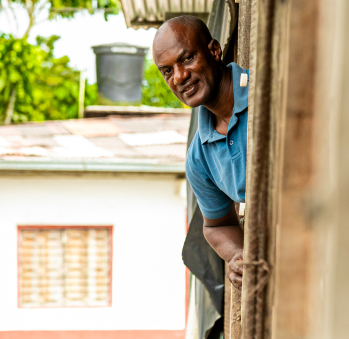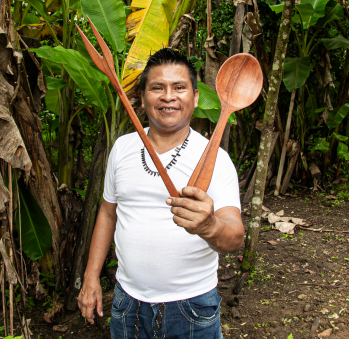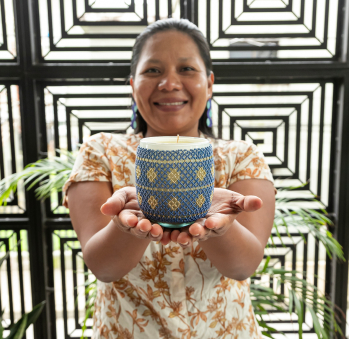Adriano Corrales Cuesta
Workshop: Ebanistería Yadi
Craft: Trabajos en madera
Trail: Choco Route
Location: Quibdó, Chocó
Adriano’s life commenced close to the water and, after an extended period, circled back to its embrace. To grasp the profound significance of those early years for him, one need only listen to his anecdotes, reminiscing about childhood days spent by the Atrato river, fashioning balso wood boats with his friends. They would attach propellers and even embellish them, competing to determine whose boat stood out as the most charming. They eagerly awaited the river to bring driftwood or collect the smaller pieces left by indigenous people who visited their town, covertly whittling them with knives. He was so oblivious to danger that he once injured himself while attempting to carve a piece of wood with his foot.
Nevertheless, his love for wood remained etched in his soul. His life took many turns before he could return to his passion and true vocation. Residing in La Boba jurisdiction, a twenty-minute swift boat ride from Bojayá, he had to relocate to Buchadó to attend high school. Later, to complete his education, he moved to Quibdó. It was during this time that the tragic events of the Bojayá massacre unfolded on that fateful day of May 2, 2022, marking the grim history of this part of Chocó. Recalling those times, he recounts the difficulty of losing many acquaintances and enduring forced displacement, enduring the stigma rather than receiving sympathy.
Returning to the story of his journey as a craftsman, let’s rewind to his time in Buchadó. He recalls being drawn to woodworking when, after leaving school, he witnessed a man delicately carving vegetal skins, a sight that struck him profoundly. He became an observer. His shyness prevented him from engaging with the man, resigning himself to closely observe his hands and the mesmerizing movements that fashioned captivating shapes. Years later, having learned about woodworking at Sena, he could confess that as a child, he would gaze at the man, attributing his awakening interest in wood to him. However, once again, the path to his beloved woodcraft would take time. While completing high school, he worked various odd jobs to support his parents and nine siblings. He sold ice lollies and snacks on the streets and even toiled in construction, a suffocating job under the blazing sun, prompting him to enroll in a woodworking course as soon as the opportunity arose.
As if fate had beckoned him, the teacher appointed him as the class supervisor. Although few paid heed to this young instructor, the role solidified his knowledge and led to a significant offer: working in his professor’s workshop while assisting with the courses. This enabled him to sustain himself through his craft, primarily furniture-making for a considerable period. He fondly reminisces about the bed he crafted for his father’s final rest, an endeavor that regrettably did not come to fruition in time. His unfulfilled longing spurred him to delve deeper into carving guamillo and canelo, both lightweight and soft woods that he has since explored. His artisanal pursuits harken back to his childhood joy, rekindling his passion for painting. He revisited crafting small boats and champitas, transforming them into salad bowls or snack vessels. This marked a return to his inner joy and served as a tribute to his devotion to the craft that beckoned him from the outset.
Craft



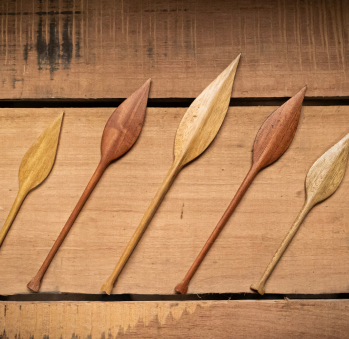



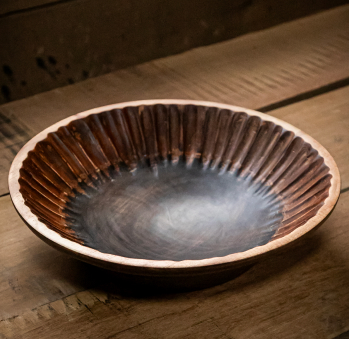














Artisans along the way
Artisans along the way
No puede copiar contenido de esta página












































